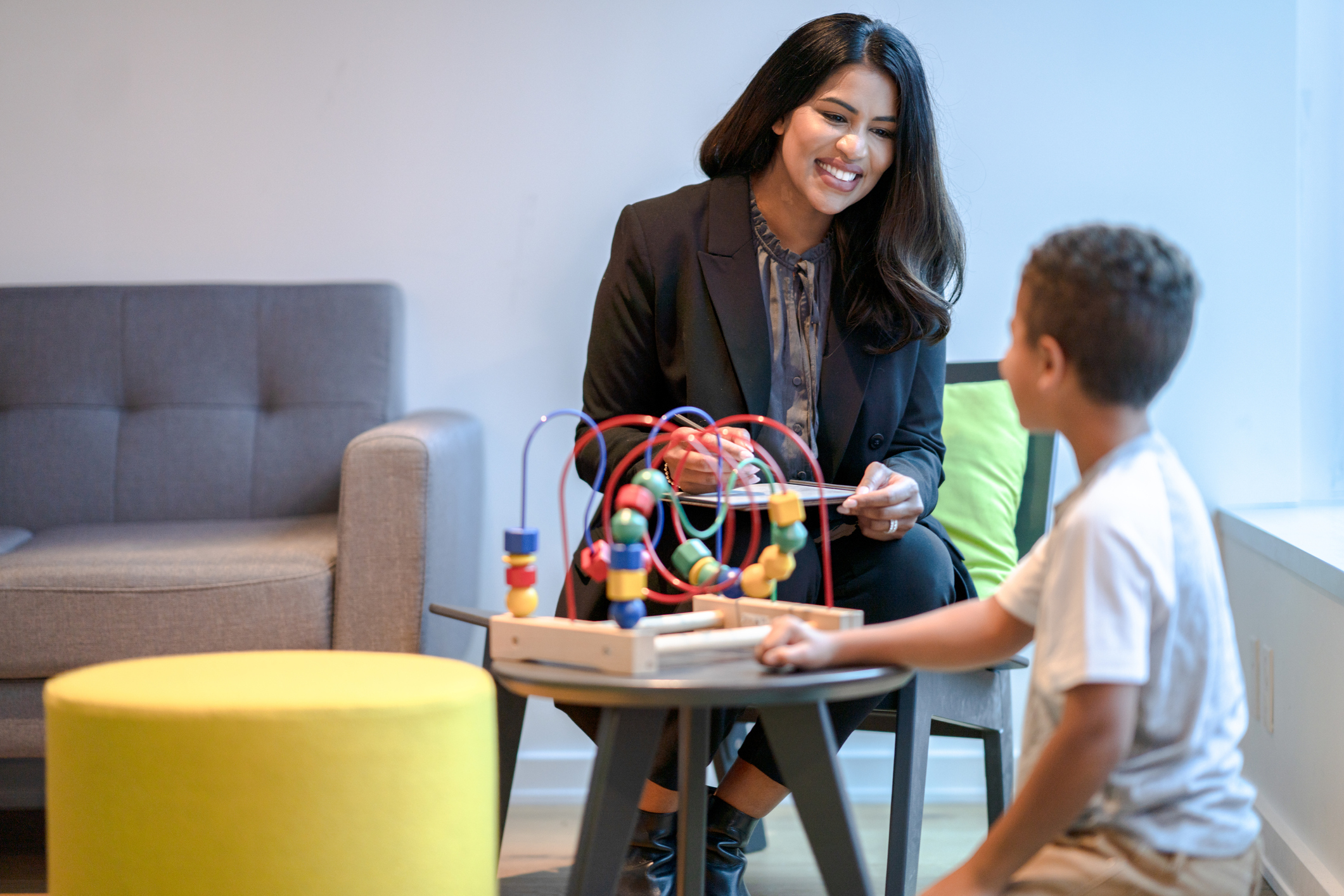To medicate, or not to medicate? That is the question many families face. The CDC reports that approximately 9% of American children and adolescents have, in fact, taken medication for a mental health concern in the past year. In other words, in the past year, about 1 in 10 of the kids in your child’s class or at the park or on their sports team have taken medication for a mental health concern. Maybe you’ve started wondering whether medication might benefit your child; maybe your child is already part of the 9%, and you want to continue making good decisions for them; or maybe you’re someone who has extreme reservations about psychotropic medications for kids. Regardless, today, the blog is for you. We are here to discuss the why’s, how’s, and when’s of prescribed psychiatric medication for youth.
Understanding Effectiveness and Safety
In the United States, medications must go through a rigorous process to be approved by the Food and Drug Administration (FDA) for the use with different conditions and populations. According to a recent systematic review, “psychotropic medications, including stimulants, antipsychotics, antidepressants, and mood stabilizers, have been proven effective in treating various psychiatric disorders among children and adolescents.” Typically, stimulant medications generally treat ADHD; antidepressants treat depression and anxiety symptoms; and antipsychotic medications—despite the name—treat a variety of symptoms, such as psychosis, irritability, and dysregulated mood (read more). Sometimes, medications are prescribed “off-label,” meaning that they are approved and considered safe for one concern or age group but are prescribed and thought to be effective for others.
Stimulant medications have consistently been the most frequently prescribed medications for children (5.7% of youth); these prescriptions peak in middle childhood, with the rate of antidepressant use reaching a similar percentage in the teen years. Anxiolytic (anti-anxiety) medications are used slightly less frequently (3.3%), with antipsychotic use at a low, stable level (1.3% at the most). Males are more commonly prescribed medications in their younger years, but females begin to outpace them in the late teen years as antidepressant usage rises.
To briefly address a few myths:
- Some believe medication should only be used as a last resort. However, it can be part of a comprehensive treatment plan earlier in care, depending on the child’s needs.
- There is a concern that medication might change a child’s personality. While side effects can affect mood or behavior, research doesn’t show that medications change a child’s personality.
- Some worry about medications being habit-forming. However, most commonly prescribed psychotropic medications for children are not considered addictive when used as directed (read more here and here).
Side effects are, of course, a consideration. For instance, a common side effect of stimulant medications is loss of appetite, and a common side effect of antidepressants is initial stomach upset. Some medications may be known for having more side effects than others. Most side effects, however, are not life-threatening and are manageable with monitoring and titrating for the right medication and dosage.
When Other Supports Might Be a Better Fit
While medication may help in some situations, other emotional or behavioral concerns, particularly those influenced by context like family stress or learning challenges, are often addressed effectively with other services. For instance, concerns primarily driven by family conflict, inconsistent parenting or home environment, grief, learning disabilities, or issues with social skills don’t necessarily have a pharmacological solution. These types of issues may be better addressed by psychological interventions (e.g., family therapy, academic interventions, supportive therapy, social skills training).
What Steps to Take
If you’re considering medications for your child or teen, make an appointment with a prescriber to ask questions specific to your child’s needs. After that, you can choose to fill or not to fill a prescription or even get a second opinion. Feel free to gather information from other reputable sources (see further resources at the end of this blog). If developmentally appropriate, don’t forget to talk to your teen or older child to give them info about the medication and ascertain how they would feel about taking one. Having this kind of conversation could help prepare them, encourage buy-in, and start empowering them on their own journey to mental health.
What Questions to Ask
Here are some important questions to ask an expert or research via a reputable source prior to making decisions about a new medication:
- What is the purpose of this medication? What would a positive vs. poor response to it look like?
- Has this medication been proven to be safe and effective for children?
- How long would my child need to take this medication?
- What are potential side effects?
- What are the potential risks of not medicating this condition?
- What are alternative treatment options?
How to Monitor & Succeed
If your family decides that medication is a good option for managing a child’s psychological concern, there are steps you can take to increase the chance of success:
- Compliance – It may seem like a no-brainer, but the number of kids and teens who can stick to a medication regimen may vary widely (estimated as high as 80% to as low as 10%). Some medications are long-acting, and others are short-acting and much more sensitive to a missed dose, so making sure a teen or child takes a medication how it is prescribed gives it the best chance of working the way it’s supposed to.
- Communication with the prescriber – It may take some trial and error to find the right medication and/or dosage for your child. This is normal. Keep scheduled appointments and contact the provider’s office between appointments, as needed, to make this process as smooth as possible.
- Combine treatments – While some families might be more comfortable with the idea of medication or the idea of therapy, evidence suggests that it’s actually the combination of both that has the best results. So, if you haven’t already, consider seeking mental health or behavioral therapy in addition to a medication regimen for your child. When dealing with mental health concerns for youth, we all want the best for them, which may mean using multiple tools in the toolbox!
Further Resources
- The PracticeWise MAP system is a tool many providers use to guide decision-making and care planning. If your child is receiving services, you can ask your provider if they use MAP to explore evidence-informed options. PracticeWise also offers access to PWEBS, a library of research summaries that providers use to stay up to date on effective treatments and another way to make sure care is informed by the best available evidence.
- ADDitude Magazine: The Choice to Medicate for ADHD: A Clinician’s Guide to Navigating Parental Concerns
- NMI: Talking to Your Kids About Psychiatric Medications
- Navigate Life Texas: Psychiatric Medication for Children: How Families Decide
- WebMD: Drugs & Medications A-Z
- Yale Medicine Fact Sheet: Mental Health Medications for Children
—
About the Author
Taylor Thompson, Ph.D., serves as a distance learning developer and literature coder on the Services and Products Development team at PracticeWise. Learn more about Dr. Thompson on the PracticeWise team page.







